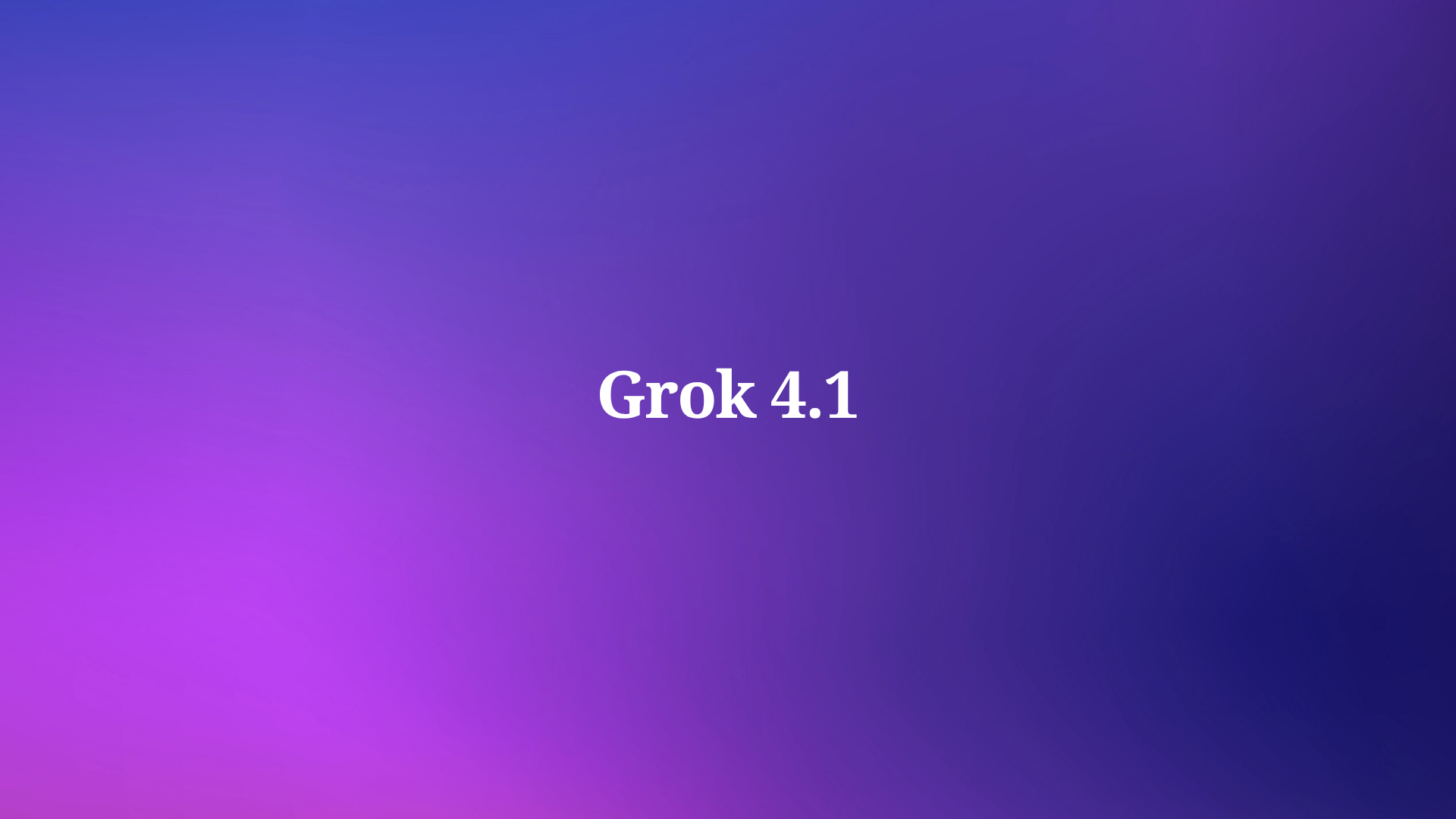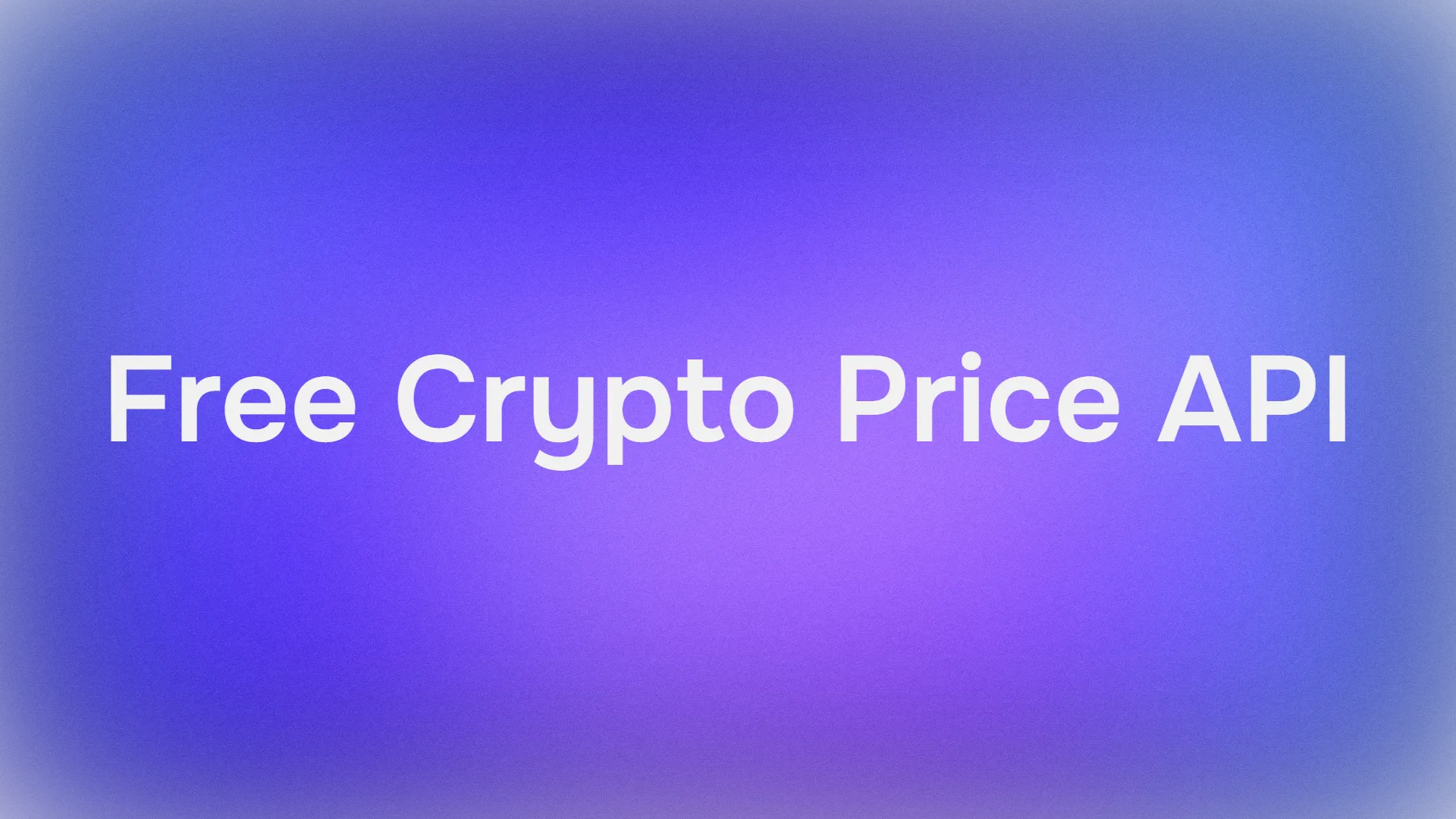Google has just dropped the preview of Gemma 3n, a cutting-edge AI model engineered to run seamlessly on mobile devices. This latest addition to the Gemma family marks a significant leap forward in bringing powerful artificial intelligence to smartphones and tablets. Unlike traditional AI models that demand hefty computational resources, Gemma 3n optimizes performance for the constrained environments of mobile hardware. Consequently, developers now have a robust tool to craft intelligent, on-device applications that operate without constant cloud dependency.
In this technical blog post, we dive deep into Gemma 3n, unpacking its architecture, capabilities, and practical integration methods. Spanning over 3000 words, this article explores how this model redefines mobile AI and its implications for the future.
Overview of Gemma 3n: A Mobile AI Breakthrough
Google’s Gemma 3n emerges as a pivotal innovation within the Gemma family, a series celebrated for its lightweight, open-source AI models. Specifically, this preview release targets mobile devices, addressing the growing demand for efficient, on-device intelligence. Developers gain a versatile platform to build applications that leverage AI directly on users’ phones or tablets, bypassing the need for server-side processing.

Why does this matter? Mobile devices, with their limited processing power, memory, and battery life, pose unique challenges for AI deployment. Traditional models often falter under these constraints, requiring constant internet connectivity or powerful hardware. However, Gemma 3n flips the script. Google designed it to deliver high performance within these limitations, making AI more accessible to a broader range of devices and users.
Moreover, this model’s mobile-first approach enhances privacy and reduces latency. By processing data locally, it minimizes the need to transmit sensitive information to the cloud, a critical advantage in today’s privacy-conscious landscape. Simultaneously, on-device execution cuts down response times, enabling real-time applications like language translation or image recognition.
As a preview, Gemma 3n invites developers to experiment and provide feedback, shaping its evolution. This openness aligns with Google’s commitment to fostering innovation through accessible, state-of-the-art tools.
Technical Architecture: Building Efficiency into Gemma 3n
Gemma 3n’s ability to thrive on mobile devices stems from its meticulously designed architecture. Google engineers crafted this model to balance computational efficiency with robust performance, ensuring it fits within the tight resource boundaries of smartphones and tablets.

Model Optimization Techniques
At its core, Gemma 3n prioritizes a compact model size. Large-scale AI models often demand gigabytes of storage and substantial memory, rendering them impractical for mobile use. In contrast, Gemma 3n employs advanced optimization techniques to shrink its footprint without compromising capability.
Quantization plays a key role here. This process reduces the precision of the model’s weights, converting high-precision floating-point numbers into lower-precision formats. As a result, the model requires less memory and executes faster on mobile hardware, all while maintaining acceptable accuracy levels. Similarly, pruning trims redundant neurons or connections, streamlining the architecture further. These techniques collectively make Gemma 3n lightweight yet powerful.
Additionally, the model likely incorporates efficient architectural patterns, such as depthwise separable convolutions. Widely used in mobile-optimized frameworks like MobileNet, this approach reduces computational complexity by separating spatial and channel-wise operations. Although Google keeps some specifics under wraps, these strategies align with industry best practices for mobile AI.
On-Device Processing and Hardware Acceleration
Another standout feature is Gemma 3n’s focus on on-device processing. By executing inference locally, it eliminates the latency of cloud communication, delivering instant results for time-sensitive applications. For instance, an app using Gemma 3n can analyze an image or translate text in milliseconds, enhancing user experience.
To achieve this, Google optimized Gemma 3n for mobile hardware accelerators. Modern smartphones often include GPUs, NPUs (neural processing units), or DSPs (digital signal processors) tailored for AI tasks. Gemma 3n taps into these components, offloading computations from the CPU to boost efficiency and preserve battery life. This hardware synergy ensures the model performs well across a diverse range of devices, from flagship phones to budget models.
Privacy and Security Benefits
On-device processing also bolsters privacy and security. Since data stays on the device, users avoid the risks associated with uploading sensitive information to external servers. This design choice resonates with growing regulatory and consumer emphasis on data protection, positioning Gemma 3n as a forward-thinking solution.
Capabilities and Features: Unleashing Mobile AI Potential
Gemma 3n doesn’t just fit on mobile devices—it excels there. Its versatile feature set enables a wide array of applications, from language processing to computer vision. Let’s break down its key capabilities and see how they translate into real-world value.

Natural Language Processing (NLP)
Gemma 3n shines in NLP tasks, understanding and generating human language with remarkable proficiency. Developers can use it to build chatbots, virtual assistants, or translation tools that operate offline. For example, a traveler could speak into their phone, and Gemma 3n would instantly translate their words into another language—no internet required. This capability hinges on the model’s efficient design, allowing it to process text quickly on-device.
Furthermore, its NLP prowess extends to contextual understanding. The model can parse user inputs, detect intent, and respond appropriately, making it ideal for interactive applications. Whether it’s answering questions or summarizing text, Gemma 3n delivers reliable performance without taxing the device.
Image Recognition and Computer Vision
Beyond language, Gemma 3n excels in visual tasks. It can analyze images, identify objects, and classify scenes, opening doors to creative applications. Imagine pointing your phone at a landmark, and the model instantly provides historical facts or navigation tips. This real-time image recognition powers augmented reality (AR) experiences, blending digital overlays with the physical world.
The model’s efficiency ensures it processes images swiftly, even on mid-range devices. Developers can integrate it into photography apps, security systems, or retail tools—for instance, identifying products on store shelves. Its ability to handle high-resolution inputs without stuttering makes it a standout in mobile computer vision.
Speech-to-Text Functionality
Gemma 3n also supports speech-to-text conversion, transcribing spoken words into written text with high accuracy. This feature benefits accessibility apps, enabling real-time captioning for users with hearing impairments. Alternatively, it can power voice-controlled interfaces, letting users dictate commands or notes hands-free.
Multimodal Capabilities
Perhaps most impressively, Gemma 3n handles multimodal tasks—processing multiple data types simultaneously. It can combine text and images, for instance, to create richer applications. Consider a cooking app: the user snaps a photo of ingredients, and Gemma 3n identifies them while suggesting recipes based on the image and accompanying text queries.
This versatility sets Gemma 3n apart from single-purpose models. While competitors like Veo 3 excel in specific domains, Gemma 3n’s broad applicability and mobile focus make it uniquely suited for diverse, on-device use cases.
Performance Comparison
How does Gemma 3n stack up? Early tests suggest it rivals larger models in accuracy, thanks to its optimized training and architecture. In NLP benchmarks, it performs comparably to cloud-based systems, while in image tasks, it matches or exceeds other mobile-optimized models. Its edge lies in efficiency—delivering these results with minimal resource draw.

In short, Gemma 3n’s capabilities span language, vision, and speech, all tailored for mobile execution. Developers gain a flexible, powerful tool to craft innovative apps. Next, we’ll dive into how to integrate it into your projects.
Future Implications: Redefining Mobile Intelligence
Gemma 3n’s release signals a turning point for mobile AI. By prioritizing efficiency and accessibility, it reshapes how we interact with intelligent systems. Let’s examine its long-term implications.
Democratizing AI Development
First, Gemma 3n lowers barriers to AI innovation. Developers no longer need vast resources or cloud infrastructure to build smart apps. A solo coder with a laptop can now create a sophisticated mobile tool, leveling the playing field. This democratization could spark a wave of creativity, as small teams and individuals experiment with AI.
Consequently, we’ll likely see an influx of niche applications—think hyper-localized tools or highly specialized utilities—that larger firms might overlook. Open-source access amplifies this effect, inviting collaboration and iteration from the global developer community.
Enhancing Privacy and Inclusivity
Privacy gains prominence with Gemma 3n. On-device processing keeps data local, reducing exposure to breaches or misuse. For apps handling sensitive information—like health records or financial details—this builds user trust and aligns with regulations like GDPR.
Inclusivity also improves. The model’s efficiency means it runs on older or cheaper devices, not just cutting-edge flagships. Users in emerging markets or with limited budgets can access AI features, broadening technology’s reach.
Evolving Technology Landscape
Looking forward, Gemma 3n sets a precedent for mobile AI evolution. Google will likely refine it based on preview feedback, boosting performance or adding features. As mobile hardware advances—think next-gen NPUs or energy-efficient chips—Gemma 3n will scale alongside, unlocking new capabilities.
Moreover, its success could inspire competitors to prioritize on-device AI, accelerating industry-wide progress. Models like Veo 3, while strong in their niches, may face pressure to match Gemma 3n’s mobile-first efficiency.
Societal Impact
Beyond tech, Gemma 3n could influence daily life. Real-time, offline AI empowers users in remote areas or during connectivity outages—think disaster response apps translating instructions or diagnosing issues without internet. This resilience enhances technology’s role as a societal backbone.
Getting Started with Gemma 3n: Initial Access Options
Google makes it straightforward for developers and enthusiasts to dive into Gemma 3n, offering accessible entry points for both cloud-based experimentation and on-device integration.
For those eager to test the model without setup, Google AI Studio offers a cloud-based platform to interact with Gemma 3n directly in your browser. Accessible at Google AI Studio, this environment lets you experiment with text input capabilities instantly. You can input prompts, generate responses, and explore the model’s natural language processing prowess without installing software or configuring hardware. This frictionless approach suits developers prototyping ideas or researchers evaluating the model’s performance.

Alternatively, developers aiming to integrate Gemma 3n into mobile applications can leverage Google AI Edge. This suite of tools and libraries supports on-device deployment, enabling text and image understanding/generation capabilities. Available for platforms like TensorFlow Lite for Android and Core ML for iOS, Google AI Edge simplifies the process of embedding Gemma 3n into local environments. Developers can download pre-trained models, access sample code, and utilize optimization tools to ensure efficient performance on resource-constrained devices.
Conclusion: Gemma 3n as a Mobile AI Game-Changer
Google’s Gemma 3n preview redefines what’s possible on mobile devices. Its efficient architecture, versatile capabilities, and developer-friendly integration make it a standout tool. From powering real-time translation to enabling AR experiences, it brings AI to the palm of your hand.
For developers, it’s an invitation to innovate. With robust frameworks and open access, you can build apps that were once impractical. Its focus on privacy, efficiency, and inclusivity ensures broad appeal and impact.
As mobile AI evolves, Gemma 3n leads the charge, promising a future where intelligence is ubiquitous and accessible. Start exploring it today—and while you’re at it, grab Apidog for free to streamline your API work. The mobile AI revolution awaits.




